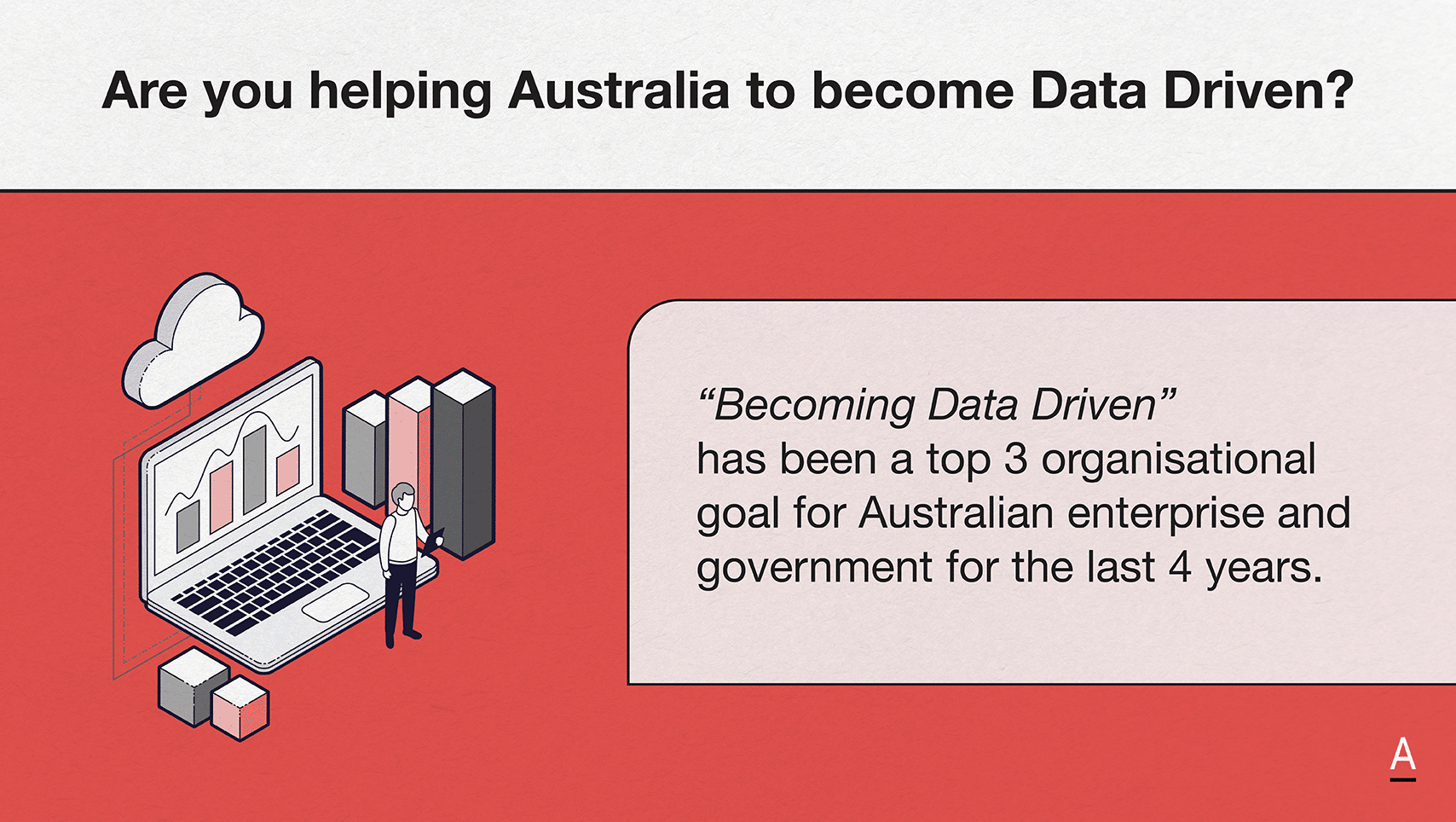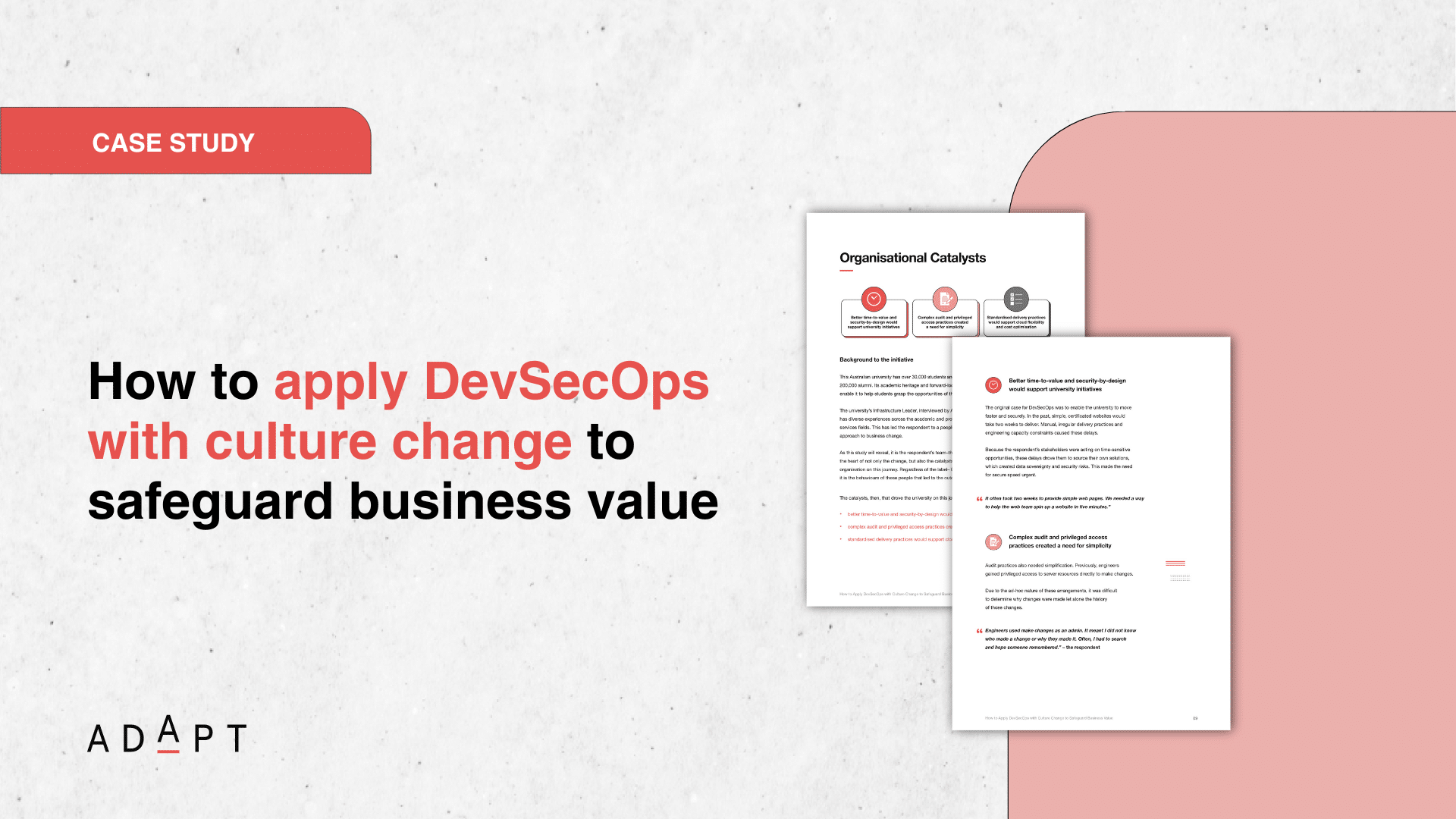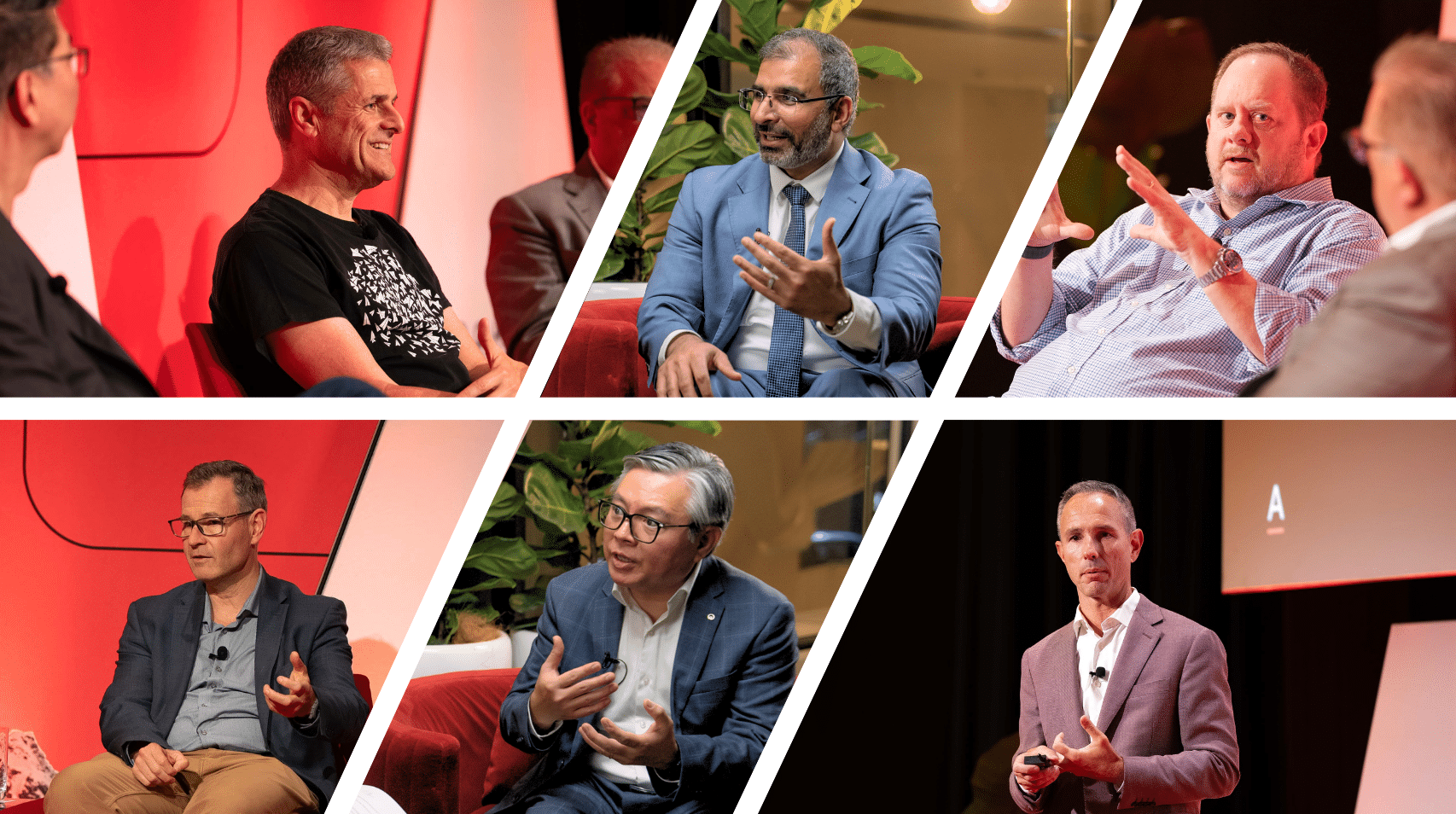In a Cloud and Infrastructure Edge panel, leaders from NTT, Defence and NEXTDC explored how rising AI demand is redefining design priorities, infrastructure agility, and national resilience.
Peter Alexander, CTO of the Defence Digital Group at the Department of Defence, Matt Gurr, Senior Director of Design Management APAC at NTT Global Data Centres, and Adam Gardner, Head of Products at NEXTDC, explored the pressures and opportunities shaping next-generation data centres.
Matt described how infrastructure timelines are compressing.
Traditionally planned on 10-year horizons, data centres now must adapt to much shorter cycles due to emerging needs like AI-specific compute, water-cooled racks and rapid load variability.
He explained that development takes four years, but requirements are shifting every 12 months.
To manage this volatility, providers are embracing modular, flexible designs that can scale quickly.
ADAPT research shows that 25% of organisations are repatriating workloads from public cloud to hybrid or private infrastructure.
This trend reflects growing demands for cost control, compliance and operational efficiency.
Adam noted that NEXTDC has responded by adopting a “Lego-like” approach, ordering generators and critical infrastructure years in advance.
Rack densities, he said, have jumped from 30kW to 1,000kW in some cases, placing enormous pressure on power and cooling.
Peter provided a Defence perspective, where capacity planning is uniquely difficult due to the unpredictable nature of military operations.
He noted that Defence no longer builds its own data centres.
Instead, it relies on commercial providers with more advanced capabilities and robust service models.
He cited examples from the United States, where hyperscalers are purchasing rural land and building data hubs powered by renewables or nuclear energy.
These sovereign-by-design models offer security and sustainability at a scale Australia’s fragmented approach has yet to achieve.
Peter argued for greater public understanding of how data centres function as national infrastructure.
He referenced Ukraine’s wartime migration of workloads to hyperscalers as a case study in sovereign digital resilience.
He also challenged assumptions around sovereignty, asking why data location draws such scrutiny while imported defence hardware often escapes similar attention.
The conversation expanded to AI acceleration and its impact on infrastructure roles.
Peter and Adam agreed that AI is solving previously intractable problems, but also driving up infrastructure requirements.
Matt and Adam stressed the value of early collaboration across the supply chain, especially as integrated solutions from vendors like Nvidia become central to delivering dense, efficient compute.
Traditional on-premise models may be receding, but the role of infrastructure is not.
Instead, it is shifting up the stack, focusing on mission-specific outcomes, platform resilience and application delivery.
Yet despite rising investment, only 36% of leaders can link cloud spend to business value.
All three panellists agreed that stakeholder engagement, clearer metrics and FinOps maturity are essential to close this gap.
Key takeaways:
- Infrastructure must be modular and responsive. Providers are replacing rigid planning cycles with adaptable, scalable designs to meet fast-moving AI and high-density demands.
- Sovereignty and sustainability strategies are evolving. Defence and hyperscalers are adopting sovereign-by-design approaches, while Australia’s decentralised model still faces cultural and regulatory barriers.
- AI is reshaping infrastructure roles. Teams must collaborate early and focus higher up the stack to align infrastructure with mission outcomes, security requirements and measurable business value.
































